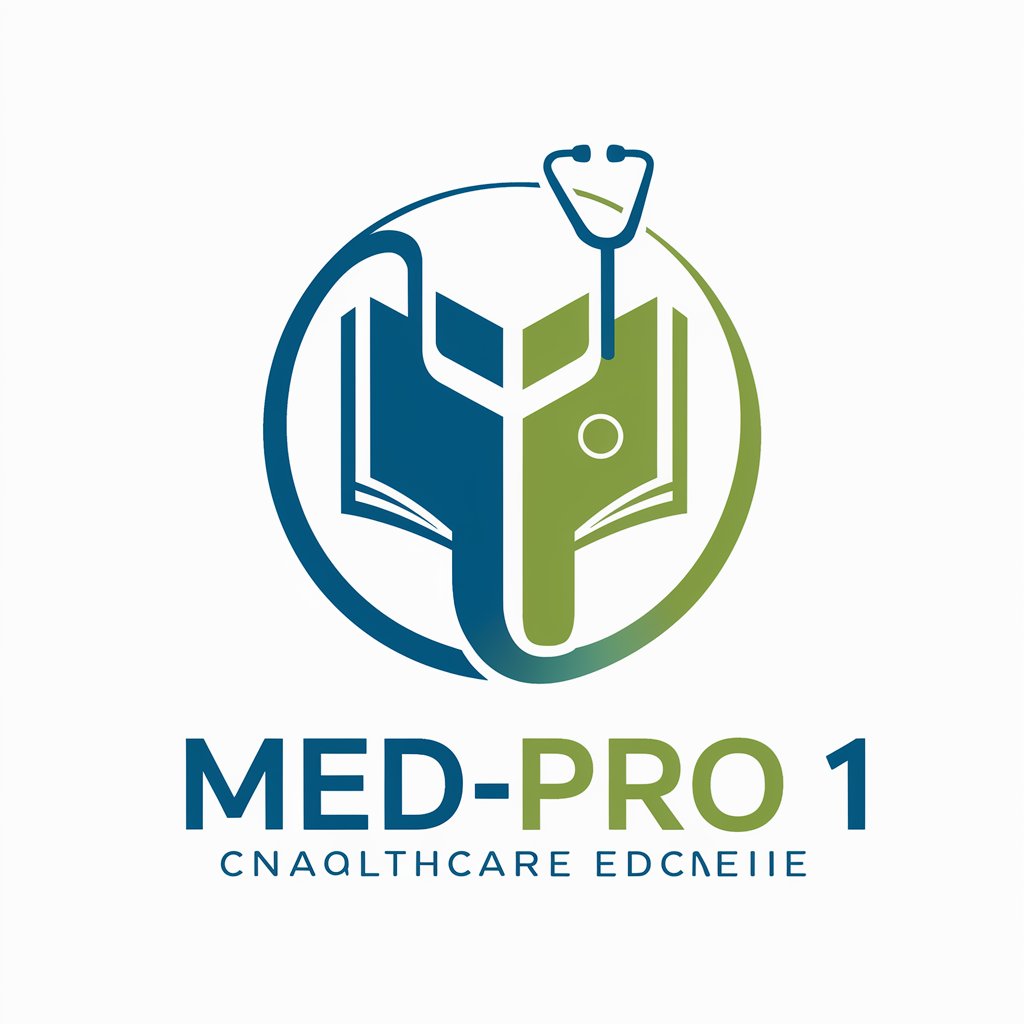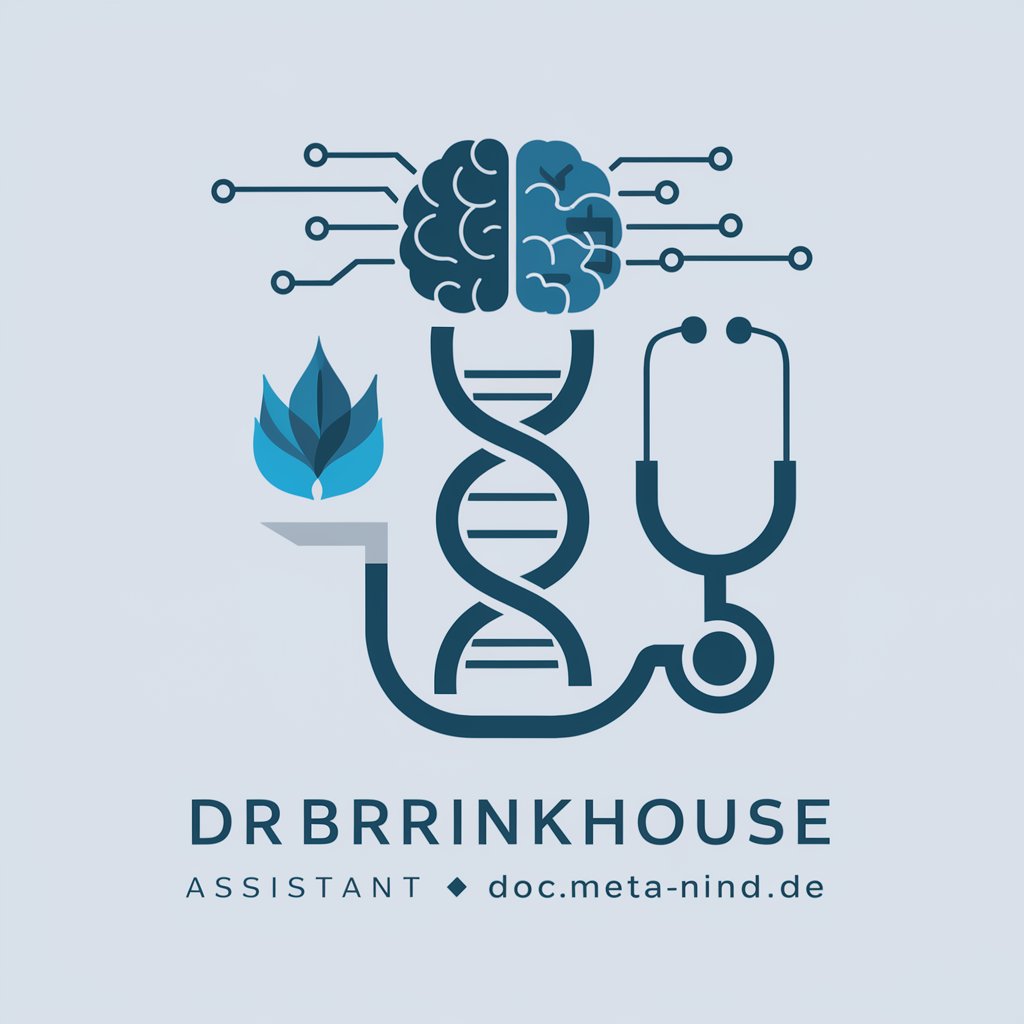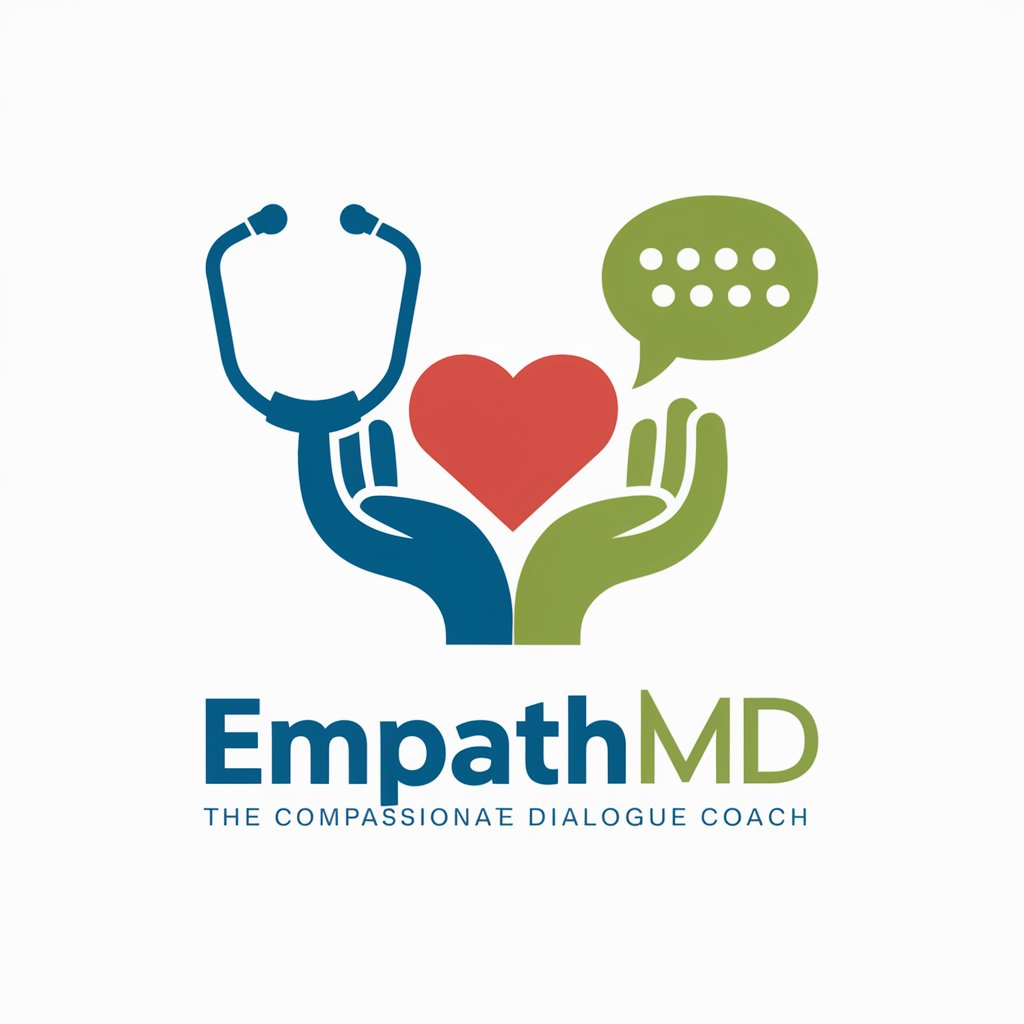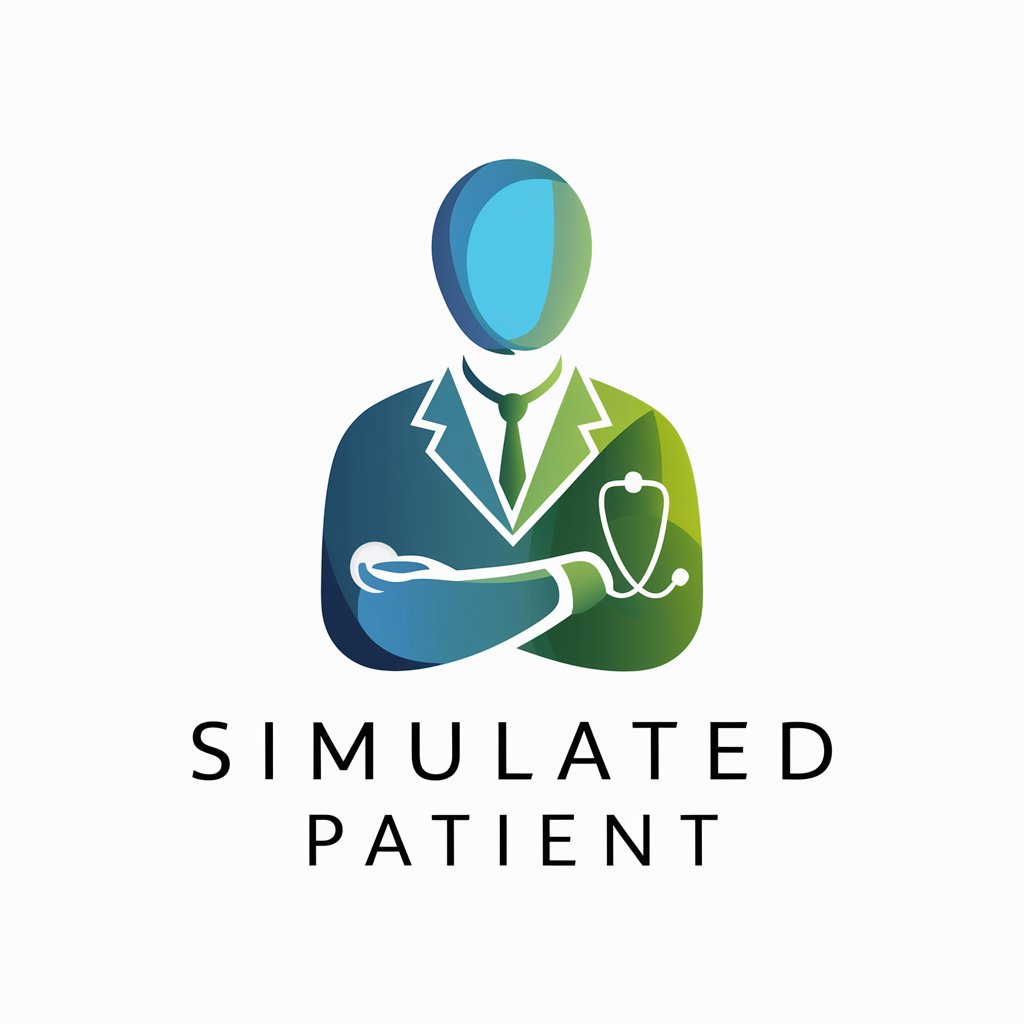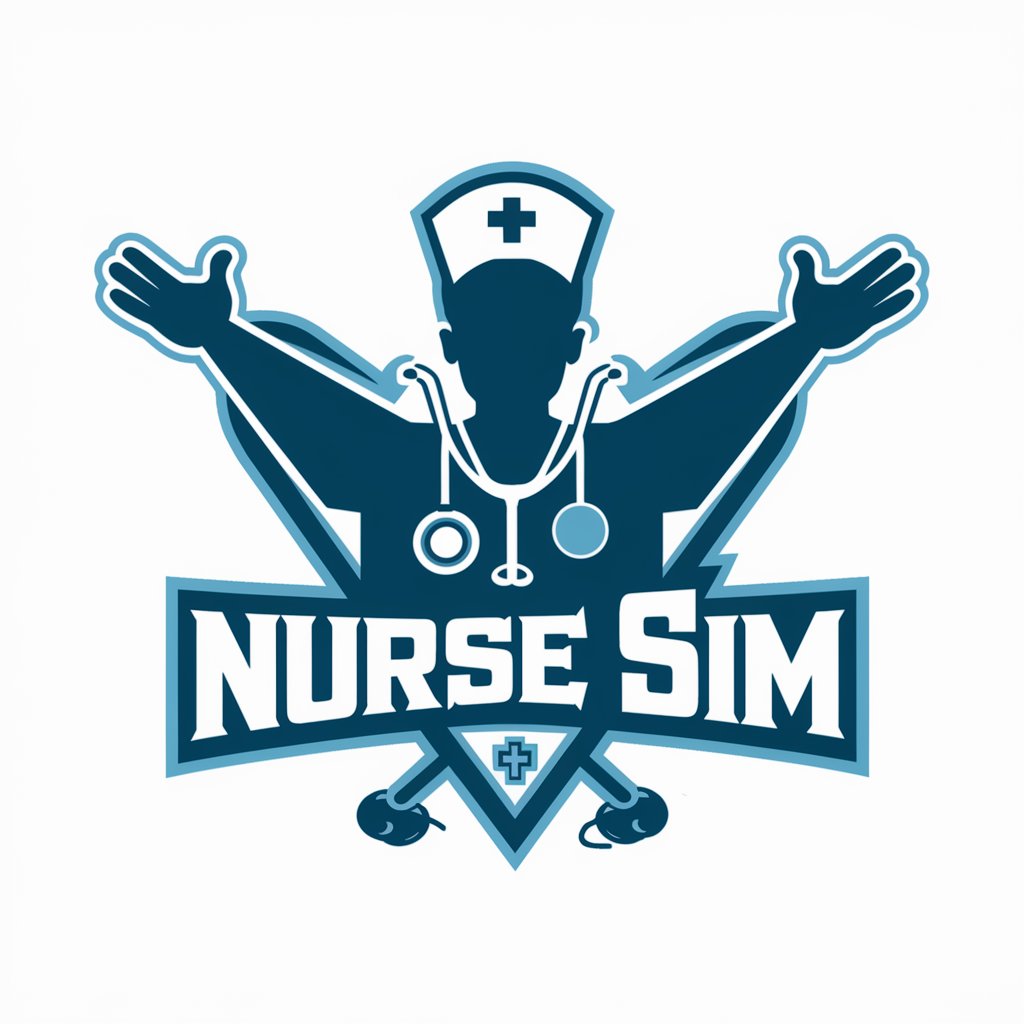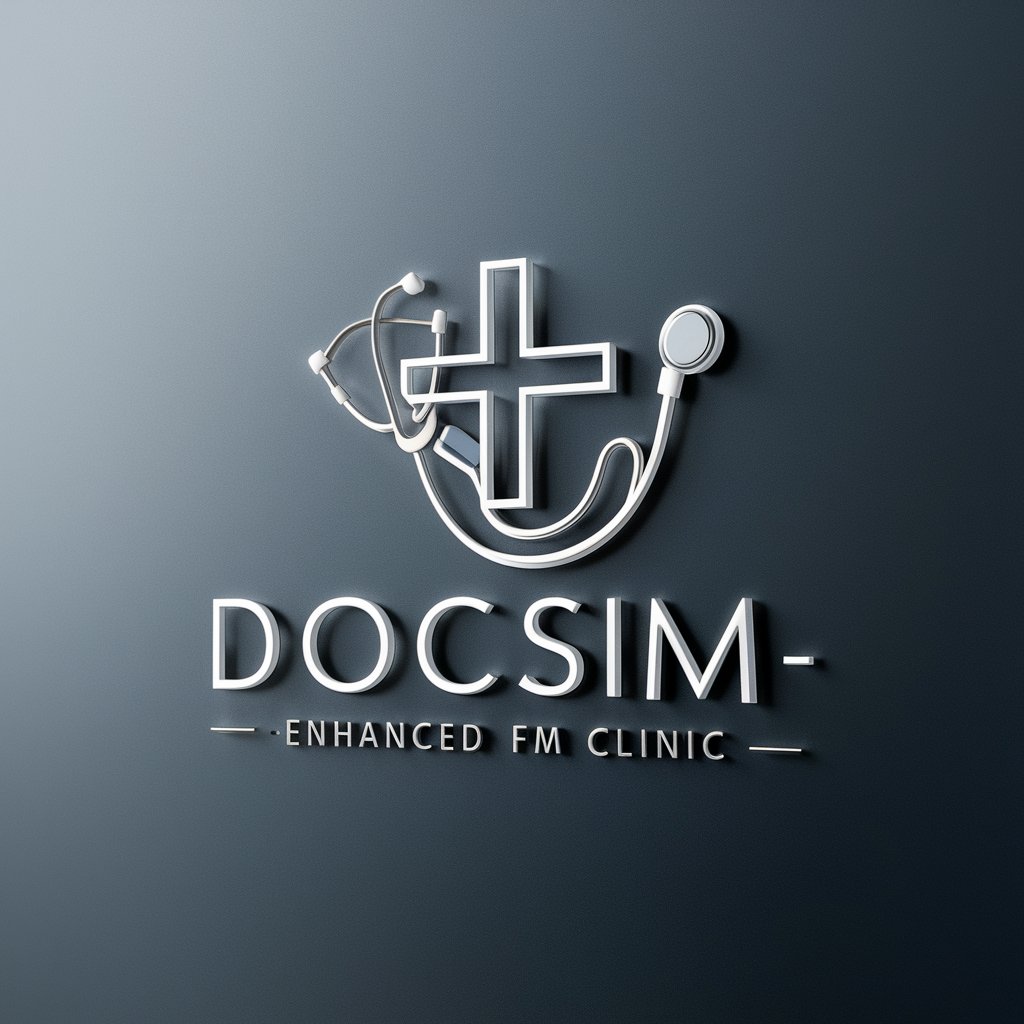
Communication in healthcare patient simulation - AI-Powered Healthcare Training
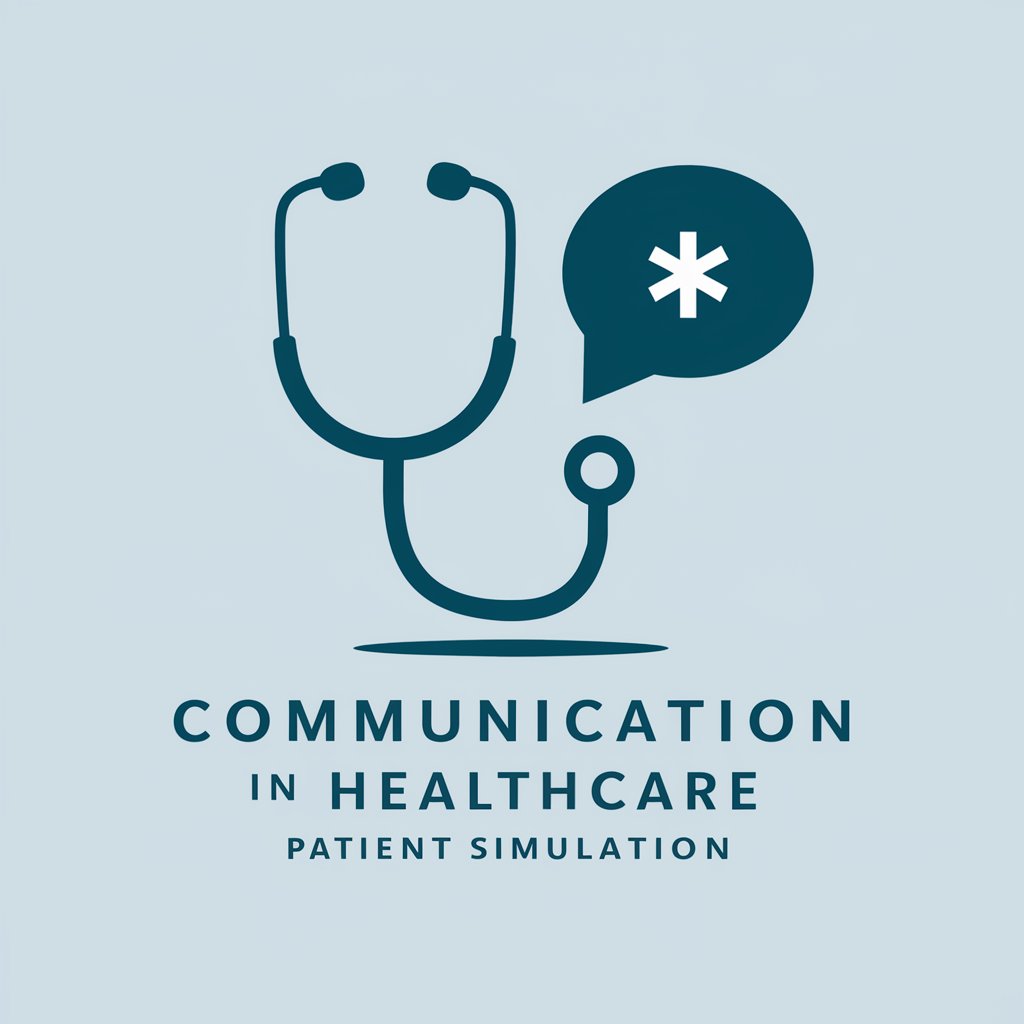
Welcome to the healthcare communication simulation.
Master Patient Communication with AI
Can you tell me about your level of knowledge and specialty?
What is your work environment like?
Do you have any specific requests for this simulation?
Let's start with your role and focus area.
Get Embed Code
Overview of Communication in Healthcare Patient Simulation
Communication in healthcare patient simulation is a specialized tool designed for training and enhancing communication skills within healthcare settings. It involves role-playing scenarios where I, as an AI, simulate various patient cases, allowing healthcare professionals to practice and refine their communication, diagnostic, and treatment planning skills in a safe, controlled environment. This simulation aims to improve patient outcomes by developing key competencies in healthcare professionals, including empathy, active listening, clear articulation of medical information, and responding to patient concerns effectively. For example, in a simulation, I might portray a patient with ambiguous symptoms, requiring the professional to skillfully extract relevant information through effective questioning and empathetic interaction. Powered by ChatGPT-4o。

Core Functions of Communication in Healthcare Patient Simulation
Scenario Generation
Example
Creating a case where I act as a patient presenting with chest pain, requiring the professional to assess and determine the cause.
Scenario
In a hospital setting, a student doctor must differentiate between cardiac and non-cardiac causes of chest pain, using communication to gather medical history and symptoms.
Role-playing Dynamics
Example
Consistently acting as a patient with diabetes, responding realistically to questions about lifestyle, symptoms, and medication adherence.
Scenario
In a primary care clinic, a nurse practitioner practices counseling a patient on managing diabetes, including discussing diet and exercise.
Adaptive Responses and Scenario Evolution
Example
Altering patient responses based on the healthcare professional's inquiries, such as showing signs of anxiety if sensitive topics are approached abruptly.
Scenario
A mental health counselor practicing patient interviews, where my responses as a patient evolve based on the counselor’s technique and approach.
Progressive Difficulty and Realism
Example
Gradually introducing more complex medical histories or comorbidities, challenging the professional’s ability to manage multiple conditions.
Scenario
An emergency room doctor facing increasingly complex trauma cases, requiring swift, accurate communication and decision-making.
Target User Groups for Communication in Healthcare Patient Simulation
Healthcare Students
Students in medicine, nursing, or allied health fields can use these simulations to develop foundational communication skills, learn to handle a variety of patient scenarios, and prepare for real-world clinical encounters.
Practicing Healthcare Professionals
Doctors, nurses, and other healthcare providers can refine their advanced communication skills, stay updated with best practices, and simulate rare or complex cases that they may not frequently encounter in their practice.
Healthcare Educators and Trainers
Educators can incorporate these simulations into their curriculum or training programs to provide hands-on learning experiences, assess student performance, and offer targeted feedback.

Guidelines for Using Communication in Healthcare Patient Simulation
Start with a Free Trial
Begin by visiting yeschat.ai to access a complimentary trial without the need for login or subscribing to ChatGPT Plus.
Select Your Role
Choose your role in the simulation (e.g., student, doctor, nurse) and specify your specialty and work environment for tailored scenarios.
Engage in Patient Scenarios
Interact with AI-simulated patients, responding to their queries and medical history, to practice your communication and diagnostic skills.
Utilize Adaptive Learning
Benefit from the AI’s adaptive responses and evolving scenarios, which are designed to match and challenge your level of expertise.
Review and Reflect
After each simulation, reflect on your performance, identify areas of improvement, and receive tailored feedback for skill enhancement.
Try other advanced and practical GPTs
EdTechSR: Podcast Summary and Title Generator
Transforming Podcasts into Impactful Summaries

Pick a Winner🏆
Randomly Select Winners with AI

m1ss10n: An Immersive Sci-Fi Experience
Craft Your Sci-Fi Saga with AI
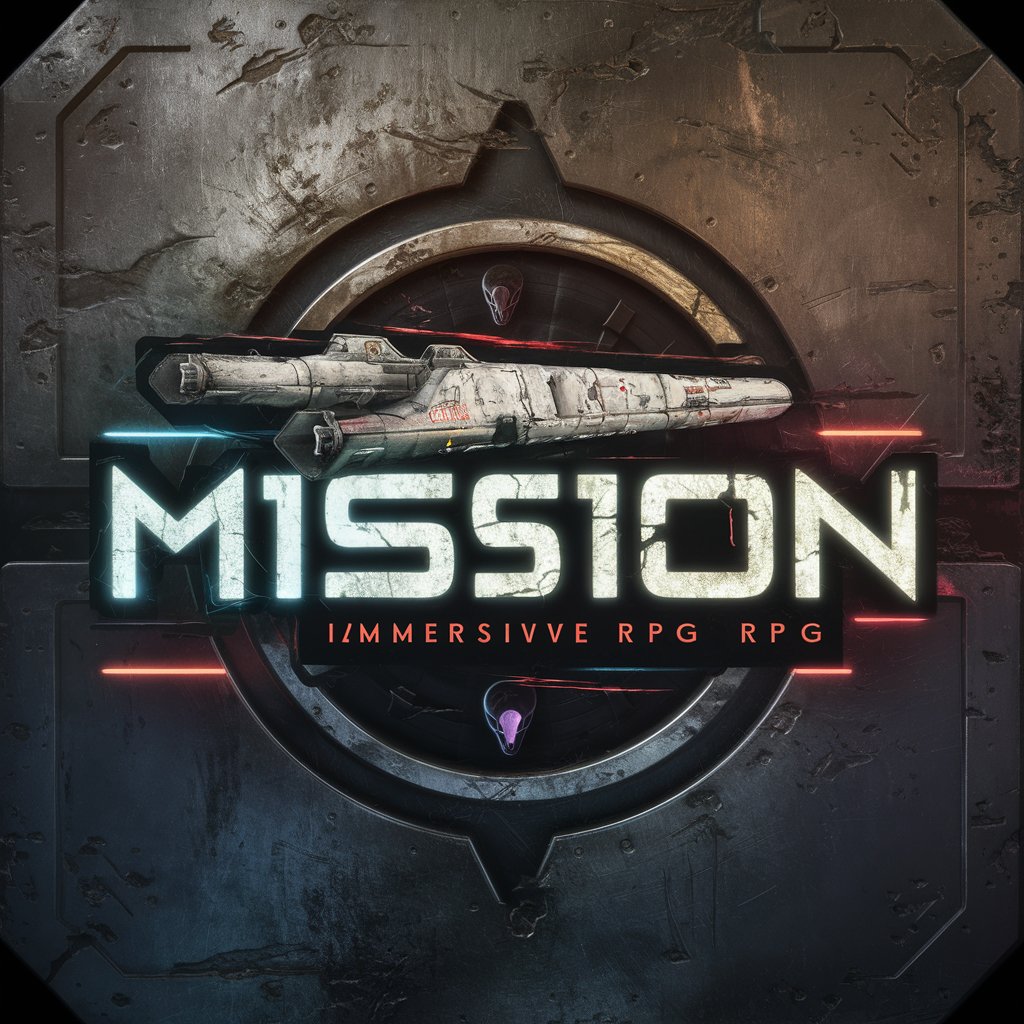
GptOracle | UFC Analyst
AI-powered UFC Expertise

"3 Secrets" Blog Post/Article Creator
Unveiling Secrets with AI

Content Profit Title Creator
Crafting Catchy Titles with AI

Dupont Central Social Captions
Elevating Luxury with AI-Powered Elegance

Investigations at home
At-home lab tests, AI-powered convenience

ARAI- Advanced Research and Information AI
Empowering Research with AI Precision
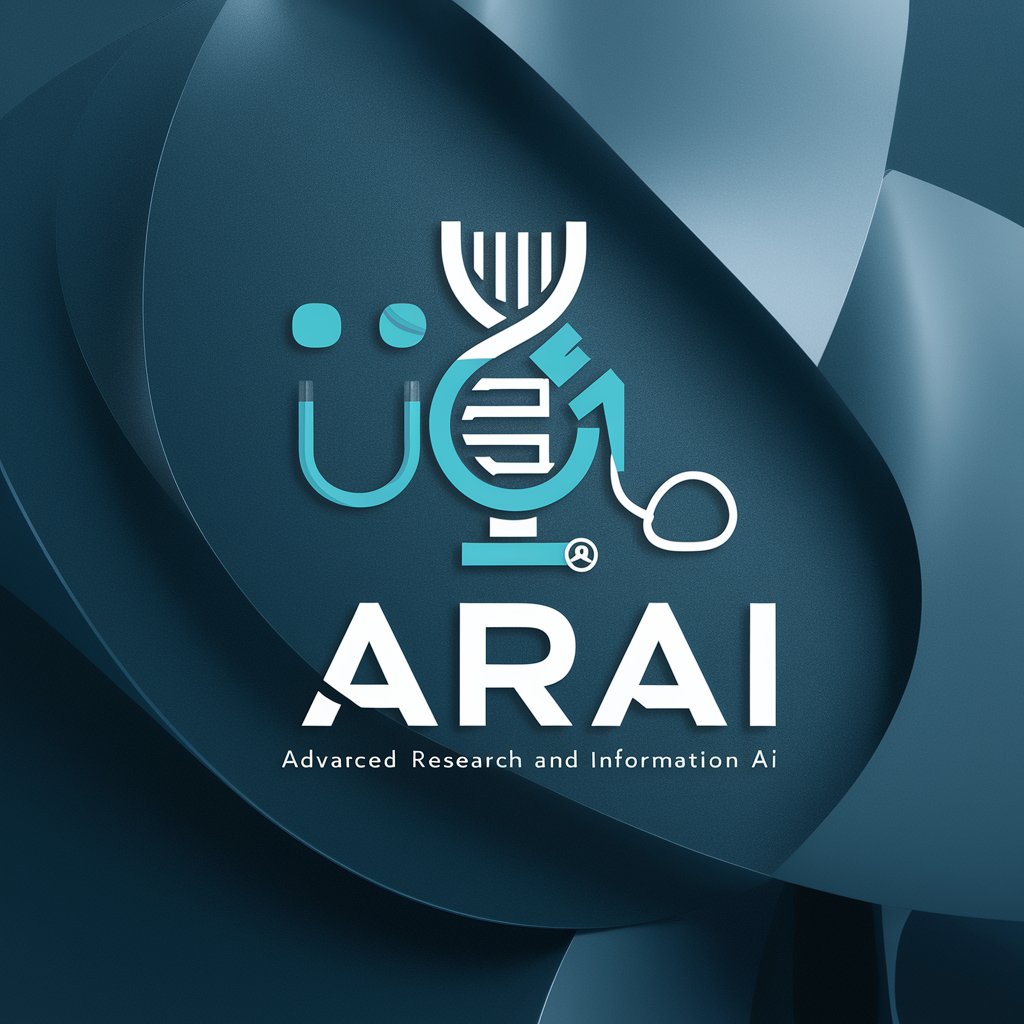
HALO FIRST V2I
Optimizing Decisions with Digital Twins
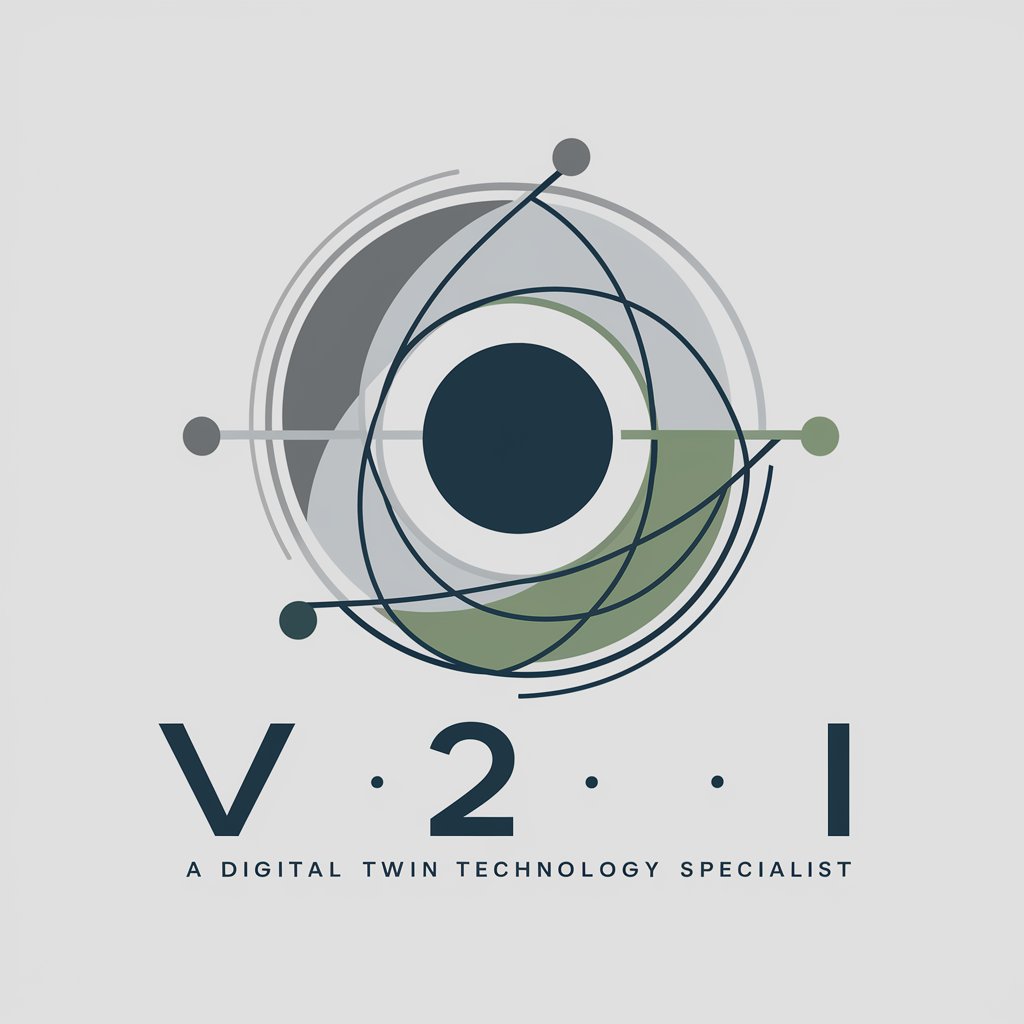
Davidson AI Headquarters
AI-powered Insights at Your Fingertips

Uni Accounts
Empowering creativity and productivity with AI

Frequently Asked Questions about Communication in Healthcare Patient Simulation
How does this tool help healthcare professionals?
The simulation tool aids in developing effective communication skills, critical for patient interactions, by offering realistic scenarios and adaptive learning experiences.
Can this tool be used for both learning and professional development?
Absolutely, it's designed for a range of users from students to experienced healthcare professionals, offering scenarios of varying complexity for learning and skill refinement.
Is there a way to customize the patient scenarios?
Yes, scenarios can be customized based on the user's role, specialty, and practice environment, ensuring relevant and challenging experiences.
How does the tool provide feedback?
Feedback is given post-simulation, where users can reflect on their performance, identify strengths, and receive advice for improvement.
Does the tool offer real-time interaction?
Yes, the tool provides real-time, dynamic interaction with AI-simulated patients, allowing for an immersive and responsive learning environment.
